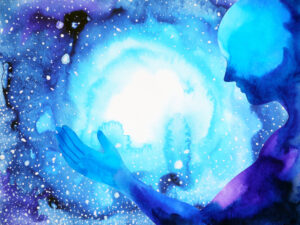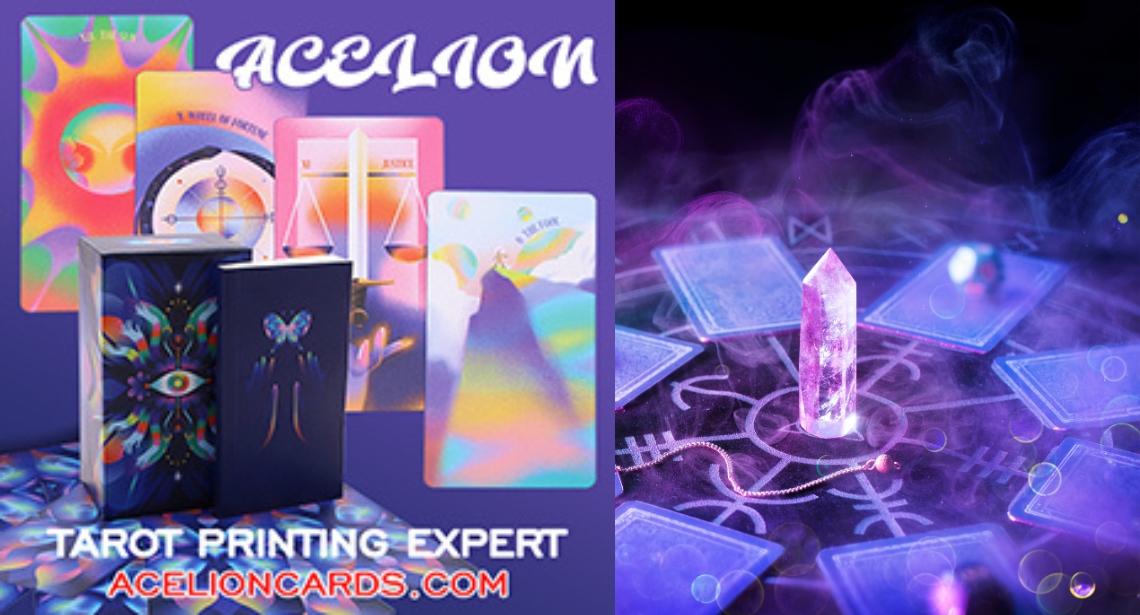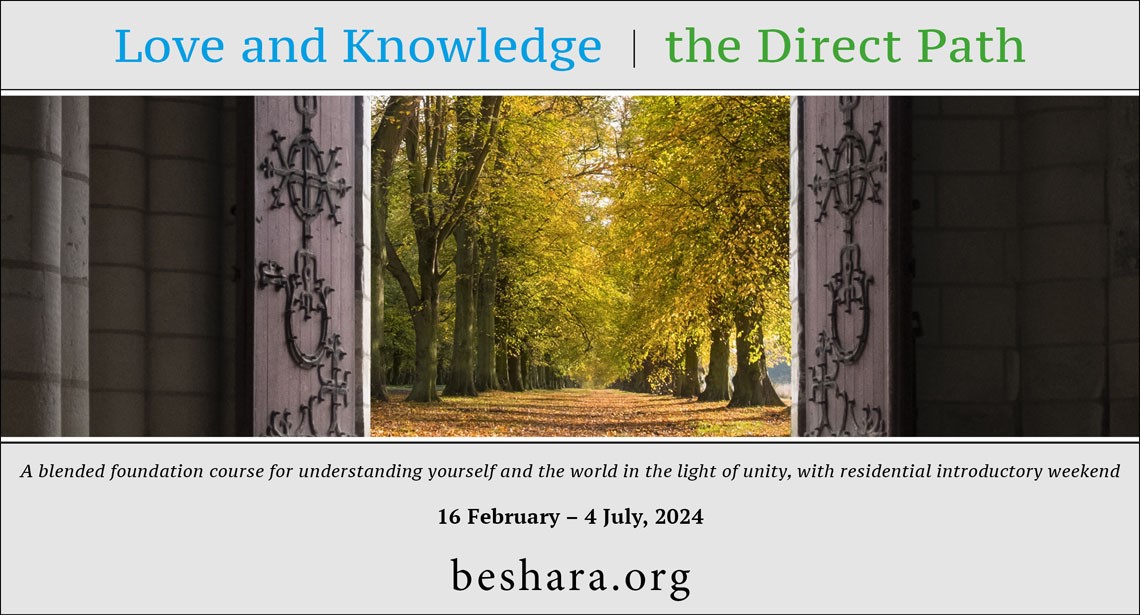Thomas Filsinger explains how an emerging paradigm will alter the landscape of science and religion...
Major paradigm shifts in science and society don’t happen very often, but for those who feel the ground shaking beneath their feet, a major shift is happening now. Playwright Bertoit Brecht once said, ‘Crisis takes place when the old has not died and the new has still not been born.’ For the last several decades, perhaps longer, there’s been a quiet crisis taking place outside the mainstreams of both science and religion. A new global paradigm is emerging; a paradigm with the potential to unite these historically opposed and seemingly disparate areas.
But from where is this new paradigm emerging? The answer is not only from diverse fields such as psychology, philosophy of science, and physics, but the meeting place, the nexus, is the field of consciousness studies. The emerging world view will be referred to in this article as the Primacy of Consciousness paradigm or PoC for short. But before describing the PoC paradigm, it may be helpful to examine the importance of scientific paradigms in general.

Thomas Kuhn and Scientific Revolutions
Physicist, historian, and philosopher of science, Thomas Kuhn, speculated that at the heart of science there is actually quite a bit of philosophy. He identified the importance of paradigms in science, which he defined as a set of concepts and practices that characterise a scientific discipline at a period in time.
Kuhn argued that these periods of conceptual continuity, which he referred to as ‘normal science,’ are interrupted by periods of revolutionary science, when dramatic new paradigms emerge to guide theories and research. These revolutions are usually prompted by limitations of the prevalent paradigm, including ‘anomalies,’ by which Kuhn referred to findings that are not consistent with the prevailing paradigm.
For example, according to Newtonian mechanics, there should have been a difference in the speed of light when based on a source in motion. But experiments yielded no differences and it would take Einstein’s theory of relativity to explain these discrepancies.
When it comes to paradigm shifts there is a mutual interplay between science and society. For example, the transition from classical Newtonian physics to the world of Einstein’s theory of relativity not only transformed physics, but also transformed society. The philosophical implications underlying the popular expression, ‘it’s all relative,’ reached from scientists to the proverbial ‘man on the street.’
In the end, Kuhn argued that science does not develop by what is commonly assumed as an objective accumulation of facts and data, but instead is paradigm-driven. According to philosopher Ian Hacking, ‘Normal science does not aim at novelty, but at clearing up the status quo. It tends to discover what it expects to discover.’
While the concept of paradigm shift is usually applied to the sciences, in this article it will also be applied to shifts in other world views, such as religious attitudes. And in the last several decades, if not longer, many people have shifted their religious attitudes from traditional mainstream views towards a more personal relationship with divinity, a trend symbolised by the modern preference to be labelled as, ‘spiritual’ as opposed to ‘religious.’
These developments, and others to be described in this article, are changing the landscape of both science and religion, but they are also harbingers for something much bigger. What is missing is a global model that will unite the two. That emerging model, as yet not clearly articulated, can best be described as a Primacy of Consciousness (PoC) paradigm.
Tenents of the New Scientific Paradigm
For the purpose of this article the current paradigm will be referred to as the Primacy of Matter paradigm (PoM for short), which views matter and the physical universe as preceding consciousness. The Primacy of Consciousness (PoC) paradigm, on the other hand, views consciousness as preceding matter and that consciousness functions as the fundamental force or source of energy in the universe. In other words consciousness is viewed as the ground of reality and as a universal field of potentiality that may encompass many phenomena, both physical and mental.
The new paradigm will come as no surprise to many. It has been hidden in plain sight for decades and longer. In the early 19
th century psychologist, William James, famously spoke of the ‘stream of consciousness’ and humanistic psychologist, Abraham Maslow, described ‘peak experiences,’ (states of transcendent awareness) opening the door in mainstream psychology to the concept of anomalous states of consciousness. However, these voices were drowned out by mainstream practitioners (or what Kuhn refers to as the day-to-day workings of ‘normal’ science), proceeding along the path of the materialist and reductionist assumptions which underlie the PoM model, pretty much excluding the topic of consciousness from study in mainstream psychology.
However, spiritual and religious messages throughout history and in different cultures have spoken of a higher consciousness creating life. The content of different religions varies significantly, but there is general agreement about the nature and belief in higher consciousness, whether that consciousness is diffuse, a form of energy, or taking the form of a God or supreme being. Astronomer and physicist Arthur Eddington said: ‘It is reasonable to inquire whether in the mystical illusions of man there is not a reflection of an underlying reality.’
In terms of the primacy of consciousness, Nobel Prize winning physicist and father of quantum theory, Max Planck, said: ‘I regard consciousness as fundamental. I regard matter as derivative of consciousness.’ This statement is the essential core of the PoC paradigm, which for the purposes of this article will be summarised in terms of five postulates:
- Consciousness is an all-pervasive form of energy.
- Consciousness is the underlying and primary source of the physical universe and matter in general.
- Consciousness is linked to physical matter, but in a manner that is not yet understood.
- Lower animals (and potentially even lower life forms than animals) experience consciousness as basic awareness, but not as reflective awareness.
- When linked to human beings, consciousness has emergent properties and one of those emergent properties is the capacity for self-reflection (a developed sense of ‘I’).
Current Theories In Consciousness Studies
In the new paradigm the ‘hard question’ of consciousness posed by philosopher David Chalmers will be researched in terms of questions such as, ‘how does the apparent subjective domain of consciousness interact with physical matter, such as the brain? What is the nature of the relationship and how did it evolve? How did our brain become a kind of ‘receiver’ for more and more consciousness (in the form of reflective consciousness)? And what lies in store in the future if human beings continue to have ‘access’ to continually emerging and highly evolved types of consciousness?
Modern theories of consciousness are already leading the way. One such theory is Integrated Information Theory (IIT), which was first proposed by neuroscientist, Guilio Tononi in 2004. Couching his theory in scientific terms, Tonini states, ‘The quantity of consciousness corresponds to the amount of integrated information generated by a complex of elements.’ IIT postulates that the degrees of integrated information that exist in the brain can be calculated by an exact number, known as Phi and symbolised as [insert Phi symbol]. The greater the Phi, the greater the level of consciousness in a given system. The significance of IIT is that the theory recognises consciousness as a real phenomenon that can be described and studied scientifically.
Several researchers have speculated that consciousness can be considered an emergent property of the organisation of the nervous system and brain as it interacts with an environment. Within the framework of the new paradigm, the ‘emergent’ quality of consciousness is based on consciousness being an underlying aspect of matter and the universe, and that certain qualities of systems, like the brain, allow consciousness to emerge.
Neuroscientist Christof Koch, a supporter of IIT, has stated, ‘The entire universe is suffused with sentience. We are surrounded by and immersed in consciousness.’
In addition to these directions, under the new paradigm psychologists will work in tandem with physicists to explore the mysteries of consciousness. These fields have already overlapped as seen with the famous double-slit interference experiments, which suggest that consciousness may play a role in governing particle motion at the subatomic level. While this literature is too long to review here, several physicists have speculated that quantum mechanics may be involved in consciousness and that the two are interrelated. Nobel Prize winning Physicist Eugene Wigner has stated regarding his experiments, ‘It was not possible to formulate the laws of quantum mechanics in a fully consistent way without reference to consciousness.’
Science and Religion Working in Tandem
Albert Einstein once said: ‘Science without religion is lame, religion without science is blind.’
One of the most optimistic outcomes of the new paradigm will be a softening of the false dichotomy between science and religion. The new scientific paradigm, because it recognises the primacy of consciousness, opens the door to a truly
scientific study of religion as an aspect of consciousness studies, with the potential of unlocking the secrets of what some have called ‘higher consciousness.’
Modern scientific theory has been limited by false assumptions that physical matter alone is the basis of the universe. The new PoC paradigm views consciousness as a pervasive force, like energy, that could have existed prior to (and perhaps even as a cause of) the Big Bang and the known universe. In other words instead of a Big Bang, the expression Mind Blast may be more accurate, as in ‘Mind’ symbolising the vast expanse and all-pervasive nature of consciousness.
An implication of the PoC model is that traditional religious thinking has been limited by anthropomorphic assumptions that a living being stands outside existence as its creator. What is more directly relevant to the PoC model is that mystics for thousands of years have experienced what they refer to as all-pervasive type of higher consciousness, more like an energy field, which they describe as sublime and with special properties (such as timelessness). As stated earlier, psychologists have labelled these experiences, peak experiences.
Which begs the question of why do some people have these anomalous experiences, and are even prone to them, while others are not? It is likely that proneness to peak experiences is connected to supporting theories and conducting research on what are called anomalous phenomena, thereby linking individual consciousness with the scientific study of it. Future psychologists will examine this intriguing pattern and its implications.
A Bright Future and New Topics to Explore
Fear of the unknown is not an attitude of healthy science. Thomas Kuhn was clear that paradigms define what should be the studied and how, and experimental findings that contradict the held paradigm are usually dismissed as outliers.
For example, in 2012, noted psychologist, Daryl Bem, father of self-perception theory, conducted experiments on what he referred to as ‘anomalous retroactive influences’ (more popularly known as precognition) and their impact on cognition and affect, in a series of nine experiments in which eight attained statistical significance. Bem’s paper was published in a prestigious mainstream science journal.
Studies on ill-defined anomalous areas, such as ESP, have yielded small, but consistent effect sizes in many studies conducted worldwide. However, these results are not consistently replicated. In the old paradigm, there is no theoretical model to account for the significant findings; hence they are dismissed by mainstream practitioners, usually on methodological and statistical grounds that could just as easily be used to criticise mainstream but ‘acceptable’ findings in the field.
A thorough analysis of this subject is beyond the scope of this article, but these outliers are precisely what Kuhn refers to as symptomatic of a dying paradigm that is unable to integrate anomalous findings within its theoretical framework. The PoC paradigm offers a broader theoretical framework for studying these outliers, because if consciousness is an all-pervasive underlying force, then the phenomena studied by Bem and others are theoretically feasible.
To return to Brecht, ‘the old has not died and the new has still not been born.’ But the changes are taking place as we speak. The consciousness revolution will eventually achieve a tipping point and science, religion, and society will be changed forever as the drama of human exploration continues to unfold.
Find Out More
Tom Filsinger is an Instructor of Psychology at Northern Arizona University. He has been a college professor since 1982 and created a course on consciousness which he taught for over 20 years. He is also a game creator and founded his own game company, Filsinger Games, in 1987. He has created over 200 characters for his science fiction action game,
Champions of the Galaxy. In 2005, Filsinger released
The Dark Menace of the Universe, a book about the psychology of creativity and how to succeed in the game industry. Filsinger currently teaches Introduction to Personality, Social Psychology, and Group Behaviour as well as giving talks on the psychology of creativity.
tomfilsinger.com


















